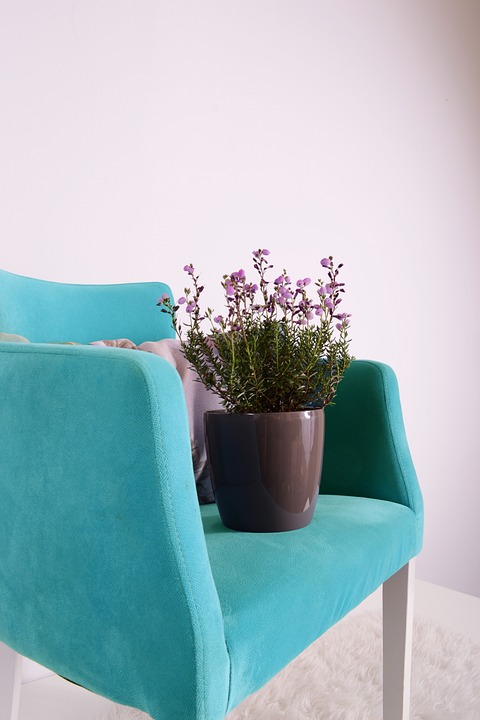Introduction
A balcony can be a beautiful oasis in the midst of urban living. It provides a space to relax, enjoy the views, and connect with nature. However, with limited space, it can be a challenge to create a vibrant and functional garden. In this article, we will explore innovative ideas to maximize your balcony space and transform it into a lush garden.
Vertical Gardening
Vertical Gardening is the perfect solution for balconies with limited floor space. Utilizing vertical space allows you to grow a variety of plants without sacrificing precious floor area. Install wall-mounted planters, hanging baskets or create a vertical garden by attaching containers to a trellis or lattice. This not only adds style and visual interest but also provides more room for your favorite plants.
Choose the Right Plants
When it comes to balcony gardens, selecting the right plants is crucial. Opt for compact varieties that are well-suited to containers and don’t require excessive maintenance. Consider plants that thrive in your particular climate and balcony conditions. Herbs like basil, rosemary, and mint are excellent choices as they adapt well to small spaces and can be used for cooking.
Use Multi-functional Furniture
A balcony often has limited space for both gardening and seating. To optimize the usage of the available area, invest in multi-functional furniture. Look for benches or storage units that can double as planters. Tables with built-in planters or rail-mounted flower boxes can also provide extra space for gardening while serving as functional furniture items.
Utilize Hanging Planters
Hanging planters are a fantastic way to utilize vertical space while adding charm and beauty to your balcony. Hang them from the ceiling or install hooks on railings. Fill them with trailing plants like ivy or petunias that will cascade downward, creating a stunning hanging garden. Alternatively, grow herbs or small vegetables in hanging baskets, making use of every square inch.
Introduce Shelves and Tiered Plant Stands
To maximize the growing area on your balcony, consider adding shelves or tiered plant stands. These structures offer additional surfaces for pots and planters. Arrange them in a way that allows you to showcase your plants while maximizing the available space. Choose lightweight materials like metal or bamboo for easy installation and a modern aesthetic.
Grow Climbing Plants
Climbing plants are excellent for balconies as they provide vertical greenery without taking up too much floor space. Secure trellises or vertical frames along walls or railings and let climbers like jasmine, ivy, or bougainvillea thrive. These plants not only create privacy and shade but also add an enchanting touch to your balcony garden.
FAQs
Q: How much sunlight does my balcony need for a successful garden?
A: The amount of sunlight you get on your balcony will impact the type of plants you can grow. Full-sun plants require at least six hours of direct sunlight per day, while shade-loving plants thrive in areas with indirect or filtered light. Assess the sunlight conditions on your balcony and choose plants accordingly.
Q: How should I water my plants on a balcony?
A: Balcony plants typically require more frequent watering than garden plants. Check the moisture level of the soil regularly and water when the top inch feels dry. Be mindful not to overwater, as containers have limited drainage. Consider using self-watering pots or an automated drip irrigation system to ensure proper watering without constant monitoring.
Q: Can I grow vegetables on my balcony?
A: Absolutely! Many vegetables are suited for balcony gardening. Choose compact varieties like cherry tomatoes, peppers, lettuce, or radishes that can be grown in containers. Ensure they receive enough sunlight, regular fertilization, and proper spacing to thrive and produce a bountiful harvest.
Q: How can I protect my balcony garden from pests?
A: Pests can pose a challenge to balcony gardens as they have limited natural predators. Regularly inspect your plants for signs of pests and take appropriate measures to prevent infestations. Natural remedies like neem oil or insecticidal soaps can be used, or you can introduce beneficial insects like ladybugs or lacewings that feed on garden pests.




